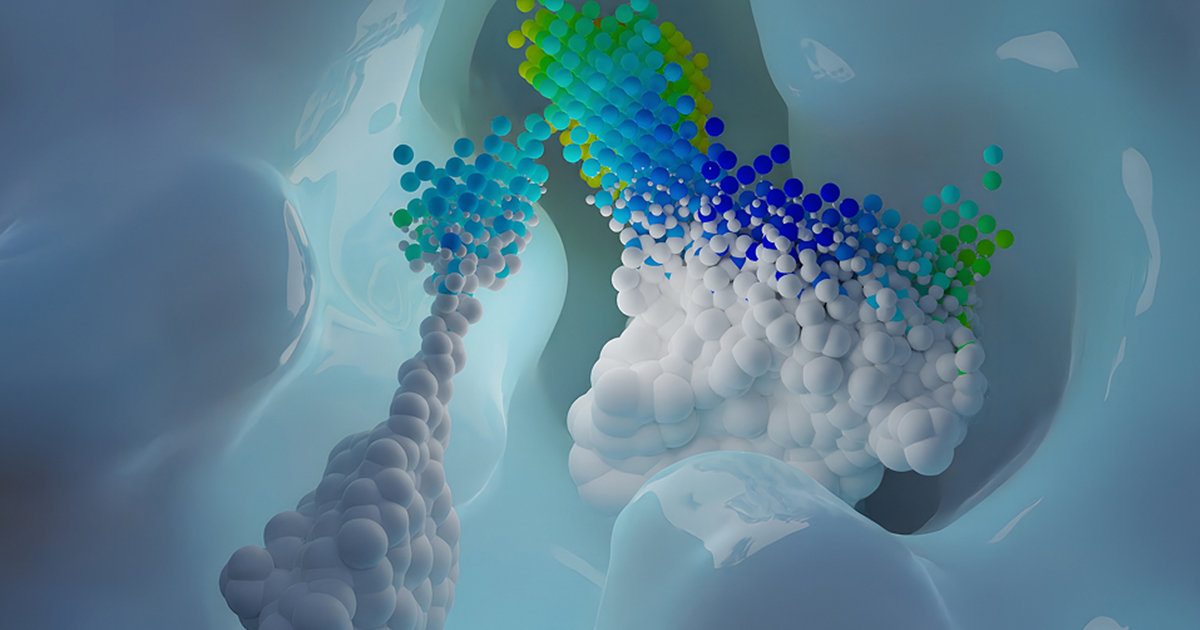The traditional drug discovery process is lengthy, complex, and expensive, taking up to 15 years from discovery to approval. And the failure rate still remains high—90% of drugs in development fail largely due to limited efficacy, toxicity, or undesirable side effects.
A key difficulty in predicting side effects before entering pre-clinical studies is that drugs bind to similar sites across very different protein structures. This can lead to off-target effects, where a drug binds to molecules or proteins it wasn’t intended for.
Identifying such functional correlations between biomolecules like proteins and nucleic acids is a complex task. These specific molecules carry out a myriad of functions essential to life, and are the key to unlocking the discovery of successful novel drugs.
Austrian-based NVIDIA Inception member Innophore is unlocking new speeds, accuracy, and scales in drug discovery and biotechnology with its CavitomixTM platform. The platform leverages the power of catalophores, ultra-large deep neural networks, and diffusion models to encode the “language” of proteins and nucleic acids into a digital format.
Using its catalophore technology to identify hotspots on biomolecules where key interactions occur, Innophore compares the physio-chemical properties of binding sites, predicting the off-target effects of drugs with greater accuracy. This reduces the risk of adverse side effects, improves drug safety, and increases the success rate of developing new therapeutics.
A large-scale study conducted by Innophore found that of 467 drug targets screened for off-target effects, its model can correctly identify on average 30% of the alternative targets determined by experiments within the top ten ranked hits. The ligand-agnostic model addresses the limitations of existing tools by detecting unexpected off-targets, meaningfully reducing risk in the drug discovery pipeline and improving candidate selection based on off-targets identified earlier in the process.
Combining BioNeMo with its catalophore technology, Innophore was able to precisely represent the binding sites in the entire human organism’s protein structures within two weeks—a task which would previously have taken more than a year.
Understanding the digital language of biomolecules unlocks the ability to predict and analyze proteins and nucleic acids, mapping the vast universe of biomolecular interactions and activities. This guides researchers toward more targeted and efficient applications, and can open up new avenues for designing and optimizing biomolecules for specific needs. Using Innophore’s AI supermatcher technology, the most promising molecular candidates are prioritized, driving higher accuracy and reducing time to insight.

